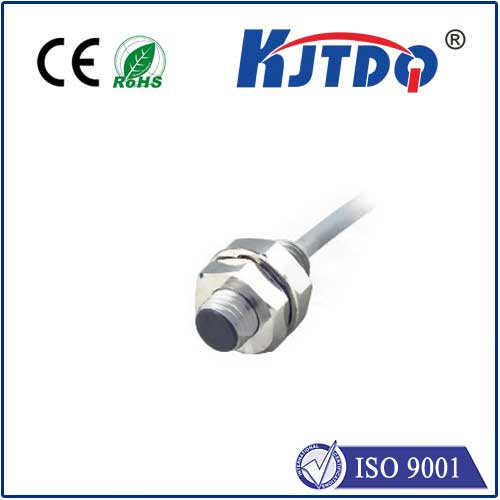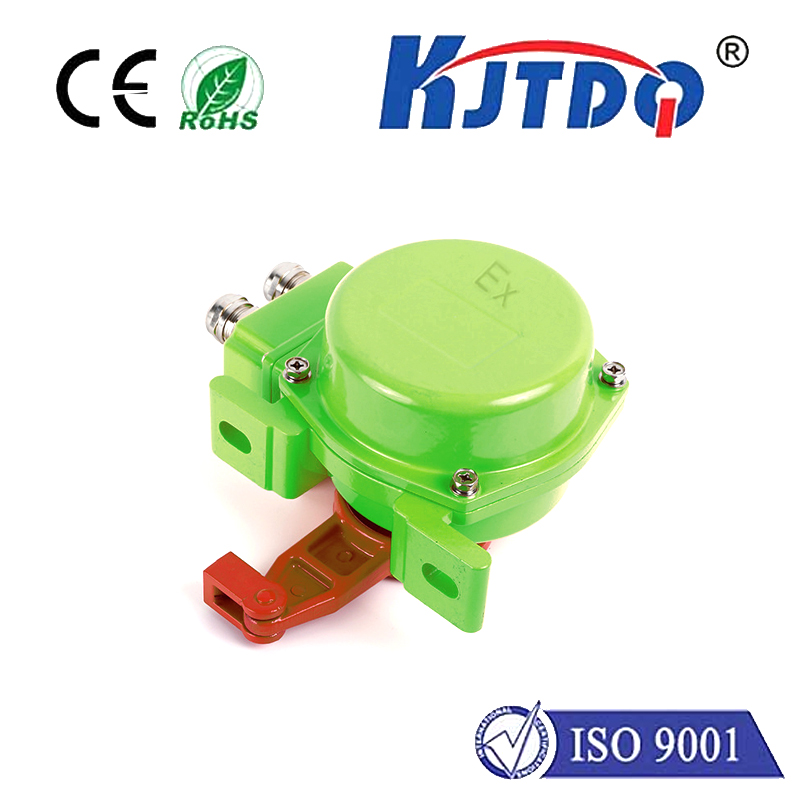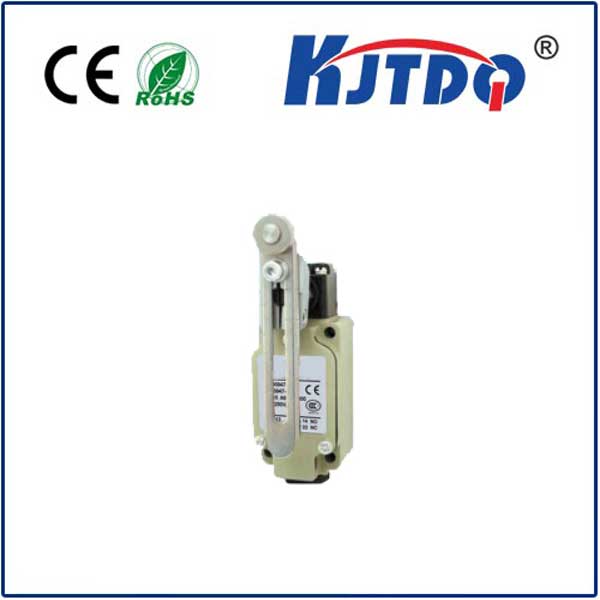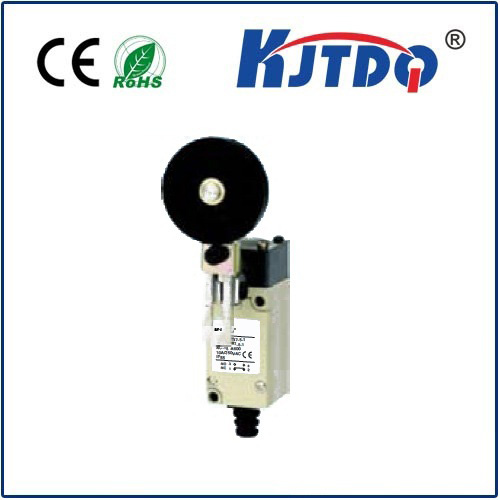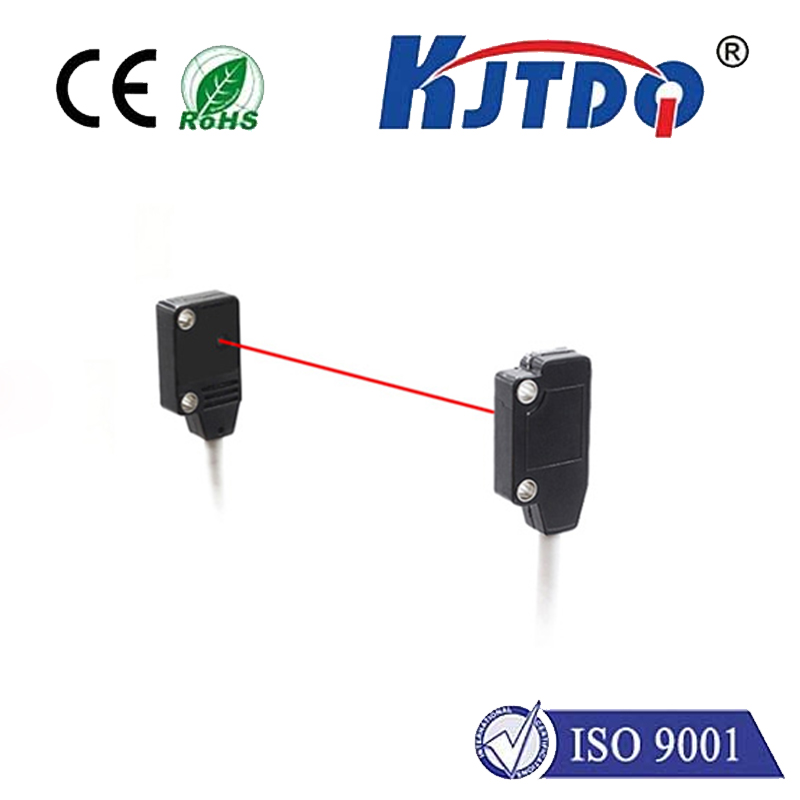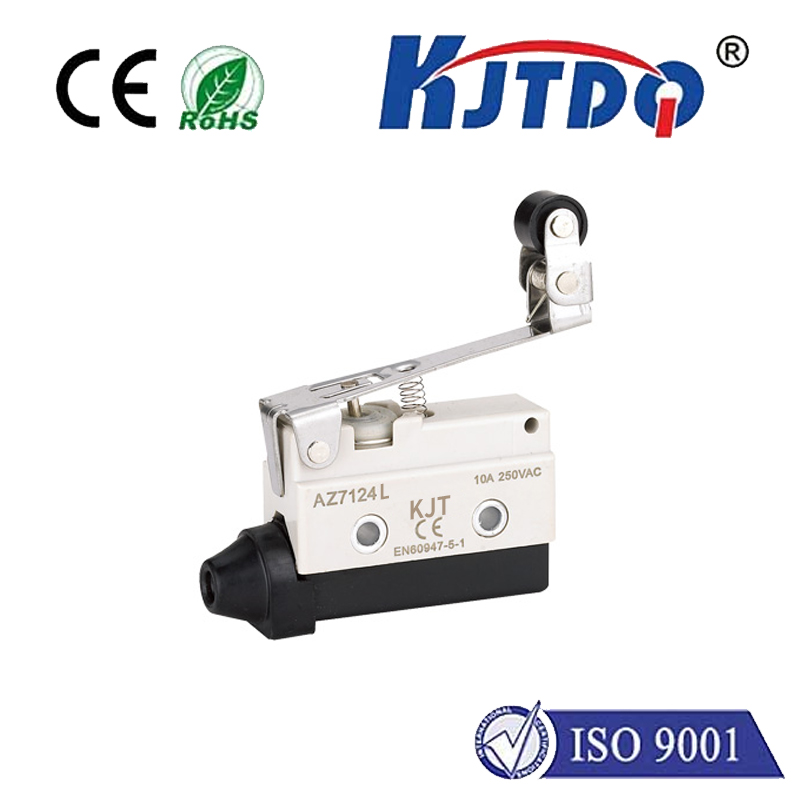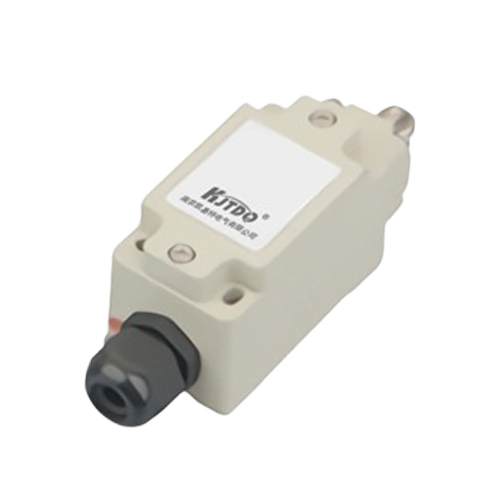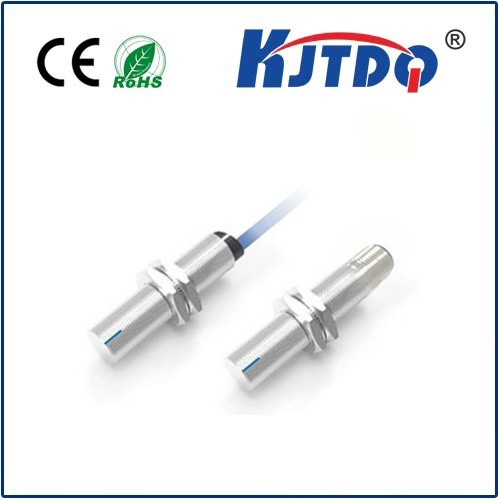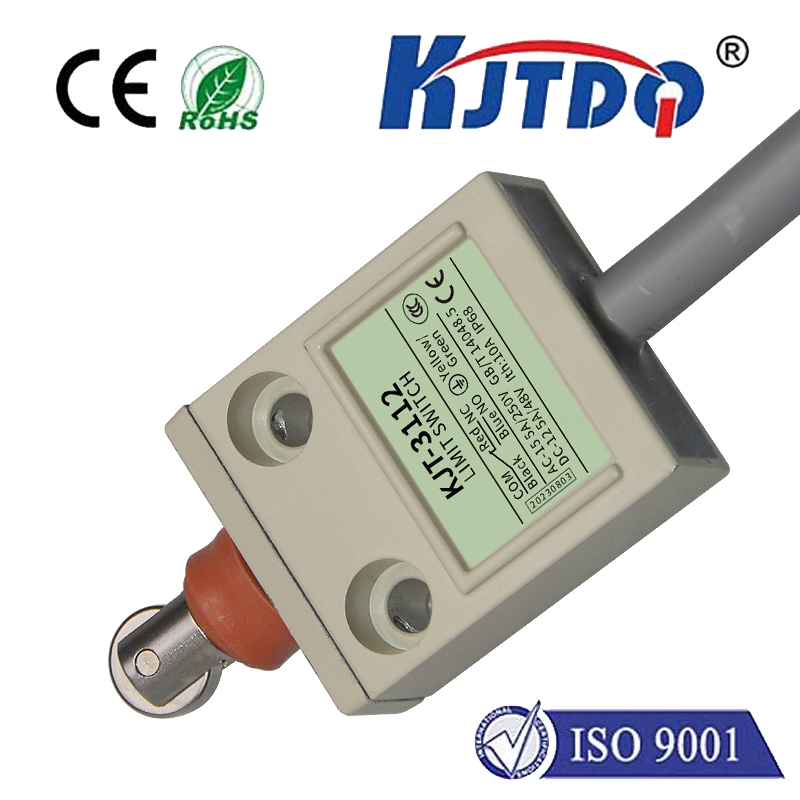

check

check

check

check
Title: The Revolutionary Power of Gas Sensing Lasers in Modern Industry
The advent of gas sensing lasers has brought a transformative wave in modern industrial practices, offering unprecedented precision and efficiency in detecting various gases. These advanced instruments are at the forefront of technological innovation, providing solutions to challenges that were once considered unsolvable. In this article, we will explore the unique capabilities of gas sensing lasers and their profound impact on diverse sectors.
To begin with, gas sensing lasers operate on the principle of spectroscopy, where they analyze the infrared absorption spectra of different gases. This technology allows them to identify specific compounds based on their unique spectral fingerprints. Unlike traditional gas detection methods, which often rely on chemical reactions or physical properties, laser-based systems provide real-time, continuous monitoring with unparalleled accuracy and sensitivity.

One major area where gas sensing lasers have made significant strides is environmental monitoring. Industrial processes often release harmful gases into the atmosphere, posing threats to both human health and ecological balance. Laser-based sensors can rapidly detect even trace amounts of pollutants such as sulfur dioxide, carbon monoxide, and nitrogen oxides, enabling immediate corrective actions to minimize environmental damage.
In the realm of safety, gas sensing lasers play a crucial role in hazardous environments like mines and refineries. They can detect volatile organic compounds (VOCs), combustible gases, and toxic fumes, alerting workers to potential dangers before accidents occur. This not only protects lives but also ensures business continuity by preventing catastrophic events.
Moreover, the agri-food industry benefits immensely from gas sensing lasers. During food production and storage, maintaining optimal atmosphere conditions is vital to prevent spoilage and extend shelf life. Laser sensors can monitor gases such as oxygen, carbon dioxide, and ethylene, ensuring that the atmosphere inside storage facilities or packaging remains within desired parameters, thus preserving product quality.
In the field of medical diagnostics, gas sensing lasers have shown promise in detecting biomarkers associated with certain diseases. By analyzing exhaled breath, these devices can identify trace gases that indicate conditions like diabetes or lung cancer at early stages, potentially revolutionizing non-invasive diagnosis and treatment monitoring.
Furthermore, the automotive industry utilizes gas sensing lasers for air quality control within vehicles. These sensors monitor concentrations of pollutants such as carbon monoxide and nitrogen dioxide, enhancing passenger comfort and safety by managing ventilation systems accordingly.
As we look towards the future, gas sensing lasers hold even greater potential. With ongoing research and development, these sophisticated instruments may soon be integrated into smart cities' infrastructure, contributing to urban air quality management. They could also play a pivotal role in space exploration, where monitoring gas composition is essential for sustaining life and understanding extraterrestrial environments.
In conclusion, gas sensing lasers represent a leap forward in our ability to detect and manage gases across various sectors. Their exceptional performance characteristics, including high sensitivity, rapid response times, and reliability, make them indispensable tools for ensuring safety, protecting the environment, and driving innovation. As technology continues to evolve, it is evident that gas sensing lasers will remain at the vanguard of progress, shaping a safer and more sustainable future for all.
